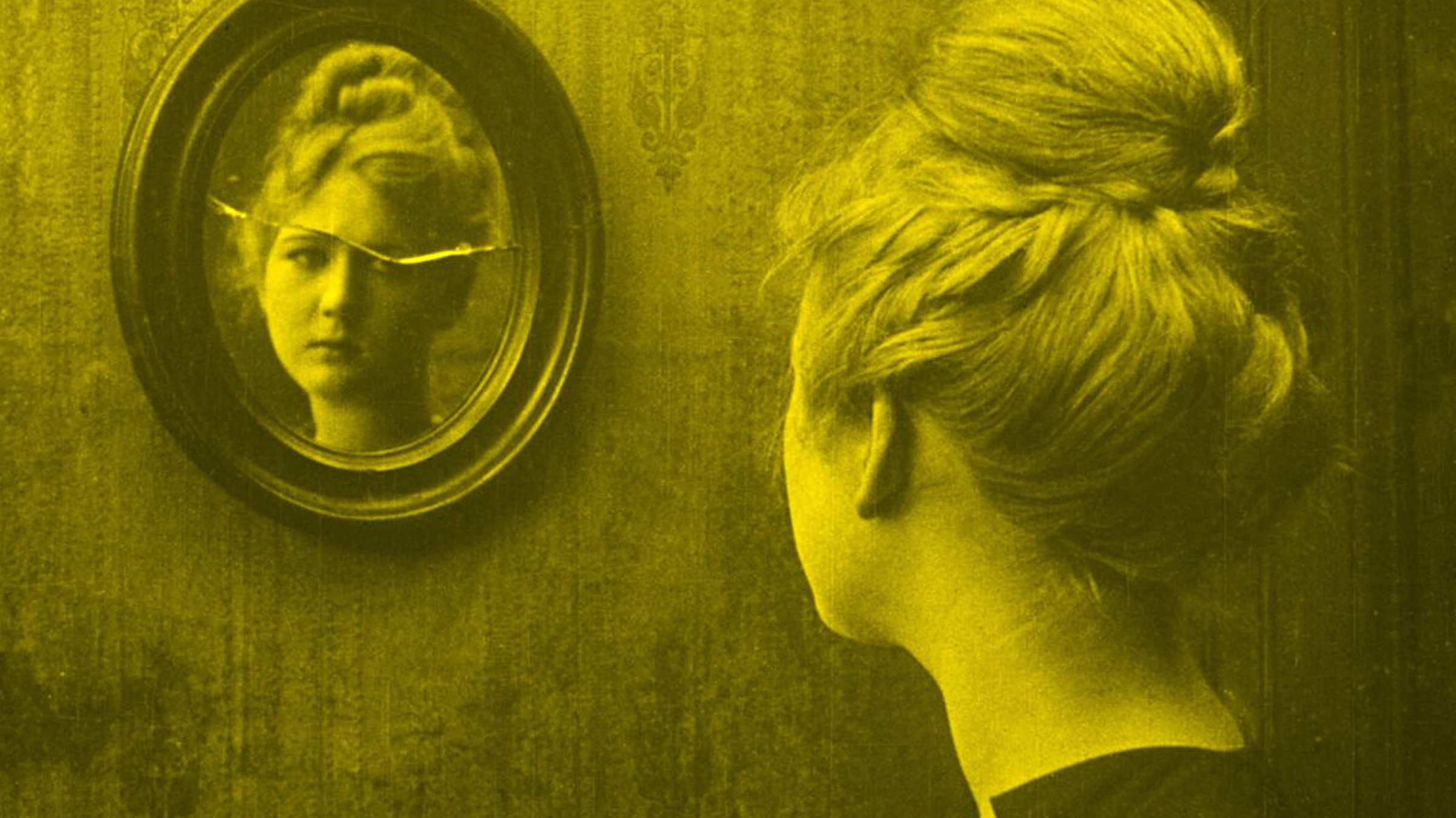Congratulations SFSFF on twenty-five glorious years! It’s difficult to pick just one memory to highlight from all of the magnificent experiences I’ve had at the festival over the years. I’ve seen so many astonishing films, heard so much breathtaking musical accompaniment, and met so many wonderful folks. But I have to say that introducing a newly restored print of Lois Weber’s 1916 film Shoes before its North American premiere at SFSFF in 2011 was especially memorable because it was so unexpectedly moving.
I’d first seen the film at the Nederlands Filmmuseum in Amsterdam in 1999. The print was in rough shape and its intertitles were in such an outdated form of Dutch that the translator struggled to make sense of them. But I was floored by what I saw, struck by the film’s capacity to render intimate details of poverty, consumer desire, and sexual shame, while drawing attention to wider social structures of wage labor, patriarchy, and prostitution. That screening became one of the early catalysts for my subsequent research into Lois Weber’s career.
So when the incomparable Rob Byrne contacted me from Amsterdam a few years later asking for my help with the restoration of Shoes, I couldn’t agree fast enough. In addition to the Dutch print, two other elements of the film survived. The first was a 1931 sound parody called The Unshod Maiden that butchered Weber’s work, adding a sardonic voiceover commentary mocking the original film’s earnest engagement with problems of poverty, women’s wage equity, and sexual predation. And at the Tokyo film archive there was a reel consisting only of close-ups of feet in various states of undress snipped out of the film at some point, whether by connoisseur or censor we never learned. Byrne was then only at the beginning of his illustrious film restoration career, but he and the team at the Nederlands Filmmuseum (now Eye) produced a magnificent restoration.
By the time this new restoration premiered at SFSFF in 2011, I had spent many years researching Lois Weber’s career and was deeply invested in restoring her reputation as one of the great filmmakers of early Hollywood. Once considered the peer of D.W. Griffith and Cecil B. DeMille, Weber had long been overshadowed by the “fathers” of American cinema. I was determined to right that wrong by helping to ensure that her films had a life outside the archive—that they were seen by a new generation of viewers at film festivals and in film classrooms around the country.
So when I got to the podium at the mighty Castro to introduce the magnificently restored Shoes, prepared notes in hand, I found myself overcome with emotion. Hundreds of people had gathered on a Sunday morning to watch a film that had not likely been seen in the U.S. since it opened in 1916. Not only that, they would see one of Lois Weber’s very best films. Her reputation as one of the top directors in early Hollywood might possibly be restored. Of course I collected myself and introduced the film, but I’ll never forget that unexpected surge of emotion. Other restorations of Weber’s films have played at the festival, notably The Dumb Girl of Portici in 2017, but for me that screening of Shoes remains the most profound.
SHELLEY STAMP is author of Lois Weber in Early Hollywood and curator of the six-disc set Pioneers: First Women Filmmakers.

